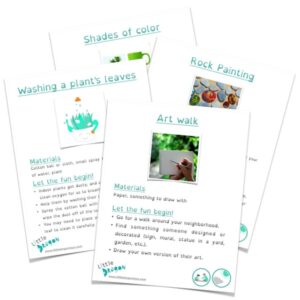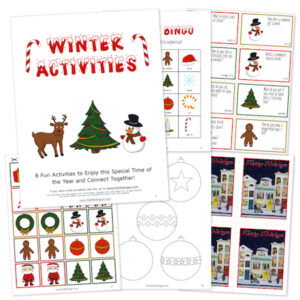Linear Wall Calendar – Printable – 3+
$7.00
Does your child want to know how many days are left until his birthday or until Halloween?
Do you want to teach your child the concept of time: days, weeks, months, seasons, year??
What is it?
The Fly Little Dragon wall linear calendar allows children to visualize time and what days, weeks, months and even what a year represent. You also can use it to mark down important dates, such as birthdays, travels, first day of school, etc.
Why it is a great printable for children?
They will progressively develop a representation of time through a physical representation and slowly develop the concept of yesterday, today and tomorrow.
Why you will enjoy it as a parent or as a teacher?
You will probably save time telling them how long is left before an event, by referring them to their calendar. 😉
In addition, it’s a great family or classroom planner, indicate birthdays, trips, and special event!
What you need:
Printer, Paper (preferably cardboard), scissors, tape, glue and paperclip (optional).
Please note this item is a digital file for you to download and print.
You will not receive a hard copy.
Skill:
– Concept of time
I love Fly Little Dragon Products!! We started using this calendar in February, and have enjoyed it for so many different things. We have used it for counting days between birthdays, marking time in the quarantine, figuring out what season is coming next, how many more days until Halloween, then Christmas… (My four-year-old learned to count bigger numbers since we started counting for Halloween in March!) We use it to remember what happened in the past, and talk about time. (Next week, last week, tomorrow, yesterday) My fourth grader makes sure each of her friends, and family’s birthdays are on it. We even used it to track how many days until we moved. When we arrived at our new home, my younger made sure to find a long wall to post it right away.
We love this linear wall calendar! The monthly illustrations are so cute and give a great visual representation of the different seasons. The linear orientation also makes it super simple to interpret the number of days in a month and track how many are left before the next special holiday or birthday. Thank you so much!
My son loves that it is linear. Like a time line, helps him visualise the concept of time. Love the pictures, not too over stimulating for my autistic son. He likes to mark each day and also count down to important dates, such as halloween and birthdays. This wall chart is great, since it allows all these things.
The science behind, explained by Mathilde Cerioli, Neuroscience Ph.D:
The concept of time and its perception is very abstract and is a notion that builds up slowly by experiencing it. Studies show that even infants have a concept of time through repetition of patterns they learn early on. Babies and young toddlers’ understanding of time develops through routines, they expect milk, bath and snuggle before bedtime. This is why, the first step we can take as parents to help our children understand that abstract concept is through consistent daily routine.
Preschoolers’ understanding of time often appears funny to adults and it is common to hear children say something like « yesterday Santa brought me presents for Christmas », while we are already in March or tell us « Tomorrow for my birthday we will eat cake », when their next candles are still weeks away! It actually shows this child now has somewhat an idea of the concept of past and future in relation to the present. What we can do as a parent is just rephrase it « yes you had presents a few months back from Santa », although they will integrate those concept tomorrow according to them 😉, but only in a couple of years according to calendars! 🗓
Between 5 and 6 years old, children learn that events occur at a defined time each day and week, then progressively each year. This is a great time to introduce the Little Dragon Linear Wall Calendar to help our children develop a deeper understanding. Indeed, it allows children to represent time, which is highly abstract through a very concrete medium with a spatial representation. It helps represent present, past and future and see how they relate to one another.










